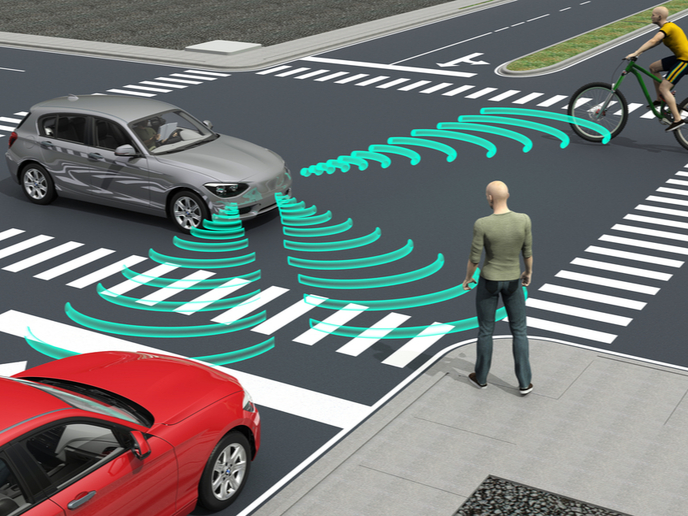Behaviour analytics on driving data exploited by AI for safer cars
Every year, more than 80 000 people lose their lives because of road traffic injuries in the European Union. Fortunately, the era of Big Data offers the opportunity for us to learn from the human errors that cause such tragedies. Monitoring driver behaviour is now possible through smartphones, smartwatches, and sensors present in modern vehicles. These devices provide a wealth of information that new, powerful computers can analyse. For instance, with methods such as machine learning, we can identify driving patterns. Going one step further with artificial intelligence (AI), we can learn from, and ‘mimic’, human driving behaviour. This is particularly useful if optimal driving patterns are integrated within algorithms that operate automated vehicles.
Defining optimal driving as the safety key
This combination of data and methodology was the founding principle of the RHAPSODY project, supported by the Marie Skłodowska-Curie Actions programme(opens in new window). The project was coordinated by Eleonora Papadimitriou, assistant professor of Transport Safety at the Delft University of Technology in the Netherlands. The research was conducted together with Dimitrios Tselentis, a post-doctoral researcher on the same team. Papadimitriou and Tselentis explored a simple, yet overlooked idea: the key to preventing car accidents lies in the study of successful, not dangerous, driving behaviour. This is the type of information that automated and autonomous vehicles under development urgently lack, according to Papadimitriou. “We need to understand ‘optimal’ behaviour not necessarily as a perfect behaviour, but as behaviour that minimises risk while maximising undisturbed, comfortable driving,” she explains.
Gigabytes of data transformed into a behavioural framework
To concretely define safe driving patterns, the RHAPSODY project gathered no less than 26 000 trips from 124 drivers in four European countries. The research was undertaken with the collaboration of the iDreams Horizon 2020 research project and the Department of Integrated Vehicle Safety at the Netherlands Organisation for Applied Scientific Research, TNO(opens in new window). They provided RHAPSODY with naturalistic driving data, collected over many years from real-time driving experiences. Analysis of this data, amounting to several gigabytes, provided new insights. Initially, the team identified and categorised various types of drivers and determined repetitive driving patterns in daily driving behaviours. They also explored the times of day and environmental conditions that may trigger these behaviours. RHAPSODY thus achieved its primary goal of understanding how drivers handle everyday traffic interactions. Overall, RHAPSODY provided a solid framework for driver behaviour and transport safety analysis. Researchers can now deploy the acquired knowledge in the efforts to improve personalised technologies for self-driving cars. As Papadimitriou notes: “We can eventually develop predictable and trustworthy automated vehicles, with essential safety benefits in terms of crash prevention.” Have we finished exploiting this data? Apparently not for Tselentis, who envisages exploring “further AI techniques such as computer vision and neural networks in order to consolidate (and possibly patent) the project’s findings.” In other words, a safety rhapsody to be continued.







